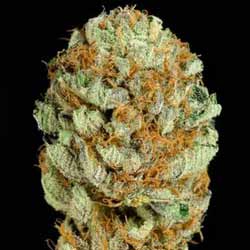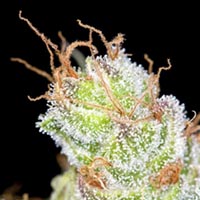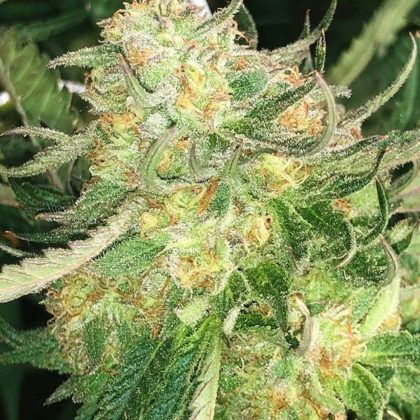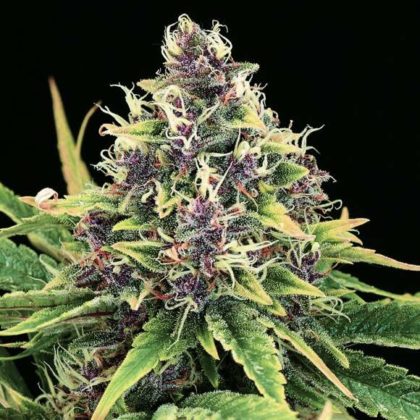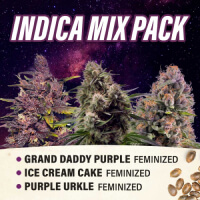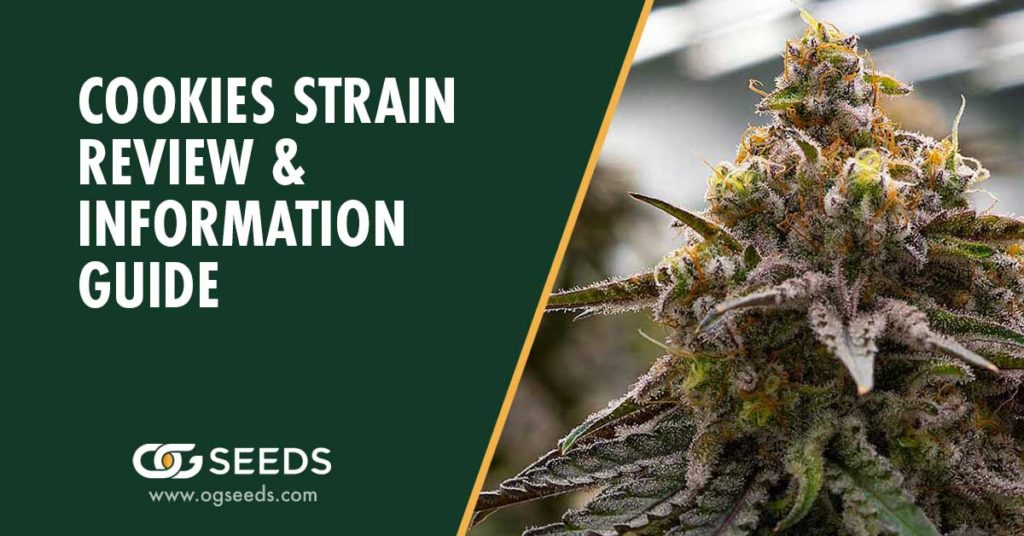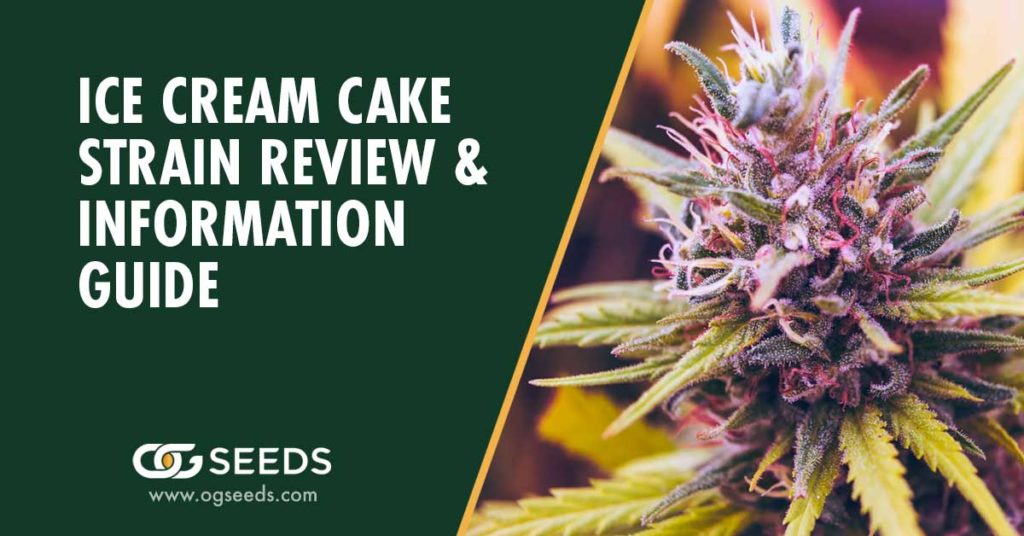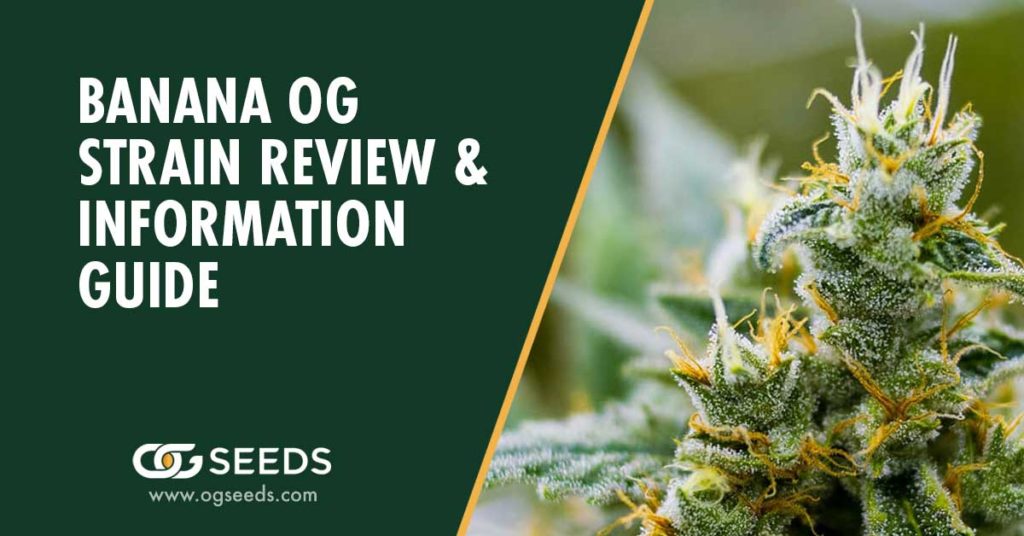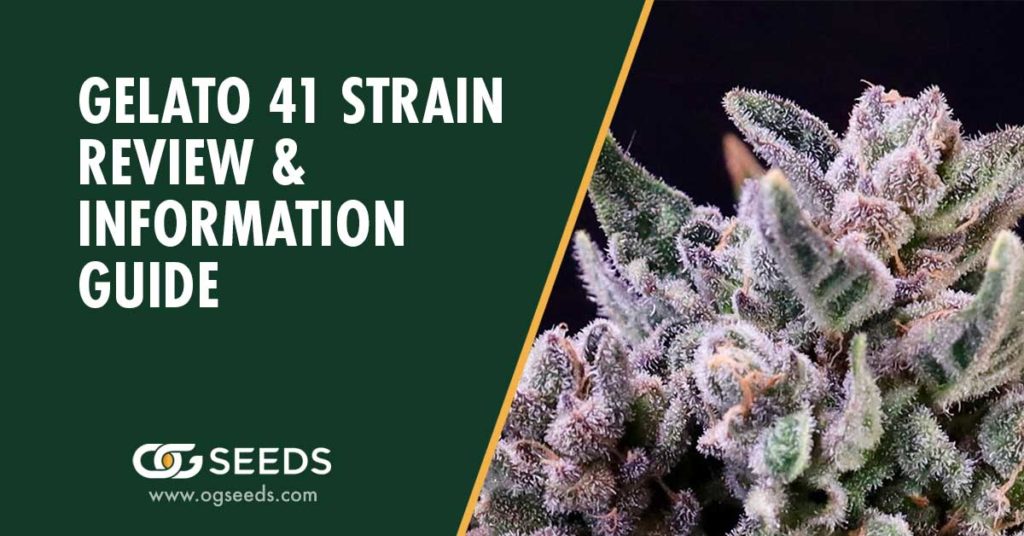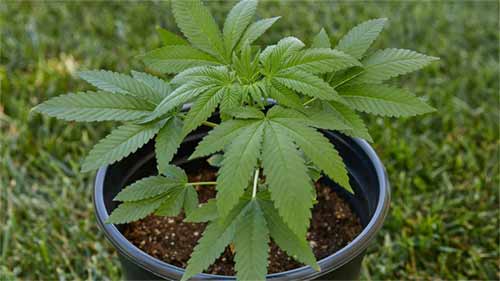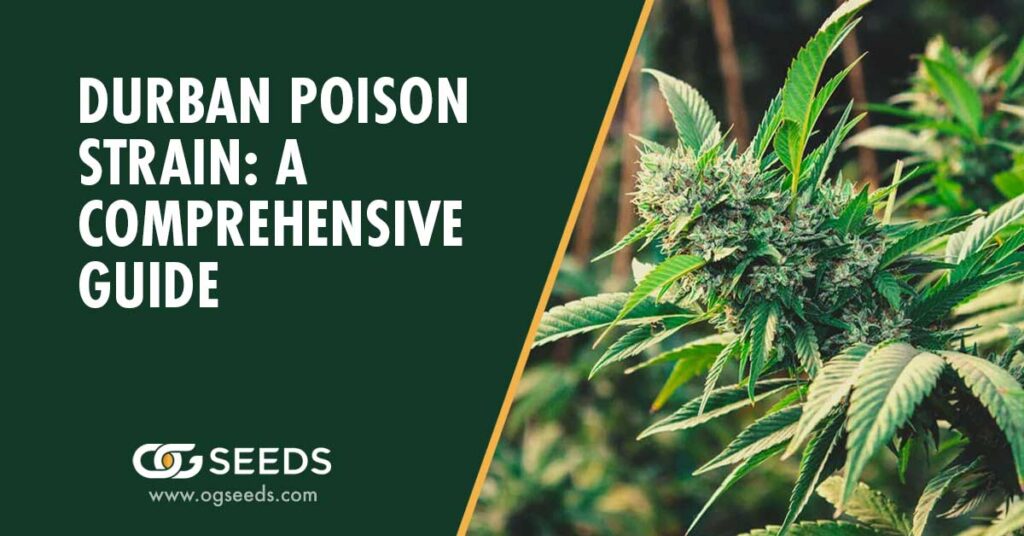
Durban Poison Strain
Are you ready to discover the fascinating world of the Durban poison strain? This pure South African sativa landrace strain has a rich history and unique characteristics that make it a favorite among cannabis enthusiasts. In this comprehensive guide, we will explore the Durban Poison strain’s origins, appearance, flavor, and aroma, as well as its energizing effects and cultivation tips. Get ready to dive deep into the captivating story of the Durban Poison strain and learn why this strain has captivated the hearts of cannabis connoisseurs around the world.
Table of Contents
Short Summary
- Durban Poison is a renowned South African sativa landrace strain, boasting an impressive THC content and sweet, earthy flavor with citrus undertones.
- The unique terpene profile of Durban Poison provides energizing effects and the best seed banks offer regular, feminized & autoflowering seeds.
- Frequently Asked Questions include origin, germination process & legality of Durban Poison strain seeds.
Durban Poison Strain: Origins and History
Originating from the regions surrounding the city of Durban in South Africa, Durban Poison is a classic sativa strain with a unique, sweet and spicy aroma, famous for its high THC content and its ability to produce large yields. This pure sativa landrace has been cultivated by indigenous groups in South Africa since the 14th century and was first brought to Amsterdam by Sam the Skunkman, who introduced the South African seeds to the European market.
Durban Poison seeds are available in both regular and feminized seeds, with the latter being the most popular among growers due to their ease of growth and high yields. Boasting a THC content ranging from 15% to 25%, Durban Poison is known for its potency and its unique chemical profile that sets it apart from other cannabis strains.
The South African Landrace Connection
Durban Poison is part of the South African landrace strains, which are indigenous strains of cannabis that have grown naturally in specific regions and adapted to their environments over time. The genetics of Durban Poison can be traced back to the Durban area in South Africa, marking its connection to the ancient landrace strains that have been cultivated and cherished by indigenous groups for centuries.
These landrace strains are highly sought after for their unique characteristics, such as their high THC content and distinct flavor profiles. Durban Poison is known for its sweet and spicy aroma, as well as its energizing and uplifting effects. It is also known as it is also known.
Sam the Skunkman and Durban Poison’s Rise to Fame
Sam the Skunkman, a controversial figure in cannabis history, brought Durban Poison to Amsterdam, where it was cultivated indoors and gained popularity. Durban Poison gained fame for its unique flavor and energizing high, winning multiple awards in the Best Sativa Flower category from 2010 to 2018.
This rise to fame and recognition solidified Durban Poison’s status as a highly sought-after cannabis strain around the world.
Durban Poison Strain: Appearance, Flavor, and Aroma
When examining Durban Poison, one will notice its medium to large size, forest green leaves, bright orange pistils, and milky-white trichomes that give it a distinctive appearance. The buds have a sweet, citrusy flavor that is complemented by its bold terpene profile consisting of sweet and spicy licorice with notes of skunk, diesel, sweetness, earthiness, and citrus.
The sweet and earthy aroma of Durban Poison is a direct result of its unique terpene profile, which includes hints of sweet licorice, earthy tastes with hints of citrus, making it an enjoyable experience and a favorite among cannabis enthusiasts.
Bud Structure and Appearance
Durban Poison buds boast a dense and compact structure, typical of indica varieties, but their elongated shape is more characteristic of sativa strains. The medium to large buds are adorned with orange pistils and dense clusters of trichomes, showcasing the strain’s potency and unique appearance that sets it apart from other cannabis strains.
This strain is renowned for its sweet and spicy aroma, with notes of anise and licorice. It has a pungent, earthy flavor that is often described as being reminiscent of pine and citrus. Durban is a poison.
Unique Flavor Profile
The distinctive flavor of Durban Poison is dominated by Terpinolene, which gives it a sweet and fruity taste. In addition to its primary sweet flavor, you may also notice slight hints of sap, herbal citrus, and mint that taste distinctly piney, making for a delightful and memorable flavor profile.
Aromatic Complexity
The intoxicating aroma of the Durban Poison strain is earthy with notes of spicy citrus and peppermint, captivating the senses of cannabis connoisseurs. The unique terpenes present in Durban Poison, such as aromatic myrcene, spicy caryophyllene, and citrusy limonene, contribute to this complex aroma by providing the earthy, spicy citrus, and peppermint notes that make this strain so appealing.
These terpenes also contribute to the strain’s effects, which are known to be uplifting and energizing. Durban Poison is a great choice for those looking for a stimulating and creative high. It can also be used to help with stress.
Durban Poison Strain: Effects and Benefits
Durban Poison is known for creating a buzzing cerebral effect that leaves users motivated and ready for action. The sweet and fruity flavor, combined with its energizing and uplifting effects, allows Durban Poison to stand out among other cannabis strains.
With higher than average potency and a unique terpene profile, Durban Poison has gained a reputation for its enjoyable and powerful high.
Energizing Sativa High
The high of Durban Poison is known to be energizing, uplifting, and cerebral, making people feel chatty and focused. It’s perfect for physical and mental activities, including waking and baking, and is an excellent accompaniment for a fresh cup of coffee.
However, some people may experience paranoia and jitteriness, especially when used at night.
Durban Poison vs. Sour Diesel: A Strain Comparison
Durban Poison and Sour Diesel are both popular sativa strains that offer similar effects, but with different terpene profiles. In this section, we will explore the genetic differences, flavor profiles, and effects and potency of these two iconic strains, giving you a better understanding of what sets them apart and why they are both popular among growers and consumers.
The Durban Poison strain is a pure sativa landrace from South Africa. It has a sweet, earthy flavor with hints of anise and a pungent aroma. It is known for its energy.
Genetic Differences
While Durban Poison is a pure sativa landrace strain originating from South Africa, Sour Diesel is a hybrid strain, with its genetic background being a mix of Chemdawg 91 and Super Skunk. The genetic differences between these two strains contribute to their unique flavor profiles and effects.
We will explore further in the following subsections.
Flavor Profiles
Durban Poison is known for its sweet and herbal flavor profile with hints of pine and peppery notes, as previously mentioned. On the other hand, Sour Diesel has a pungent, diesel-like aroma with hints of citrus and earthiness.
While both strains have unique and enjoyable flavors, their differences in terpene profiles result in contrasting taste experiences for cannabis consumers.
Effects and Potency
Both Durban Poison and Sour Diesel are known for their energizing and uplifting effects, making them suitable choices for daytime use. However, Durban Poison is notorious for its higher than average potency, with THC levels ranging between 15% and 25%.
In contrast, Sour Diesel is known for its more relaxed and calming effects, making it a great choice for those seeking a more mellow experience.
Growing Durban Poison Strain: Tips and Techniques
Growing Durban poison can be a rewarding experience for both novice and experienced growers alike. This section will provide you with tips and techniques for successfully cultivating Durban Poison plants, including information on indoor vs. outdoor growing.
Managing plant height is an important factor in successful cultivation. It is important to ensure that the plants are not too tall or too short for the space they are in. Nutrient requirements and flowering time should also be taken into account.
Indoor vs. Outdoor Growing
Durban Poison can be cultivated both indoors and outdoors, with each method having its own set of challenges and advantages. Indoor growing requires a hydroponic system and close attention to environmental factors such as temperature, humidity, and light.
Outdoor growing allows for a larger plant, potentially reaching up to 3 meters tall, but requires more space and attention to weather conditions. The flowering time for Durban Poison is around 8-9 weeks indoors, with outdoor plants ready for harvest around the beginning of fall.
Managing Plant Height
When growing Durban Poison indoors, managing plant height can be a significant challenge due to its rapid growth and potential to reach up to 3 meters tall. To prevent plants from outgrowing their indoor environment, it is recommended to top them early and apply low-stress training techniques to keep them under control.
Nutrient Requirements and Flowering Time
Durban Poison plants require plenty of nutrients to thrive, so it is essential to transplant seedlings into large containers or directly into the ground with soil rich in organic matter. Feeding your plants with organic preparations such as worm tea and liquid seaweed can help meet their high nitrogen demands, ensuring a healthy and bountiful harvest.
The flowering time for Durban Poison plants is around 8-9 weeks, allowing you to start harvesting by late September.
Best Seed Banks for Durban Poison Seeds
Selecting the right seed bank for your Durban Poison seeds is crucial for a successful cultivation experience. In this section, we will discuss factors to consider when selecting a cannabis seed bank and provide a list of the top seed banks for Durban Poison seeds.
When selecting a seed bank, it is important to consider factors such as the quality of the seeds, the customer service, the shipping and delivery times, and the payment methods accepted. Additionally, additional information is provided below.
Factors to Consider When Selecting a Seed Bank
When choosing a seed bank for Durban Poison seeds, it is important to consider factors such as reputation, selection, and price. A reputable seed bank will provide high-quality seeds and reliable customer service, while a wide selection of seeds allows you to find the strain that best suits your needs.
Price is also a crucial factor, as it can help you find the best value for your money.
Top Seed Banks for Durban Poison
Some of the best seed banks for Durban Poison seeds include ILGM, Herbies, Mary Jane’s Garden, Seedsman, and Homegrown. These seed banks offer a wide variety of regular, feminized, and autoflowering Durban Poison strain seeds, reliable customer service, various payment options such as Visa, Mastercard, and Bitcoin, and a robust germination guarantee that the seeds will produce a potent and flavorful harvest.
Seed banks like ILGM, Herbies, Mary Jane’s Garden, Seedsman, and Homegrown are reliable sources for Durban Poison seeds. They offer a wide selection of regular, feminized, and autoflowering Duracells.
Summary
Durban Poison is a fascinating and unique cannabis strain that stands out for its rich history, distinctive appearance, flavor, and aroma, and energizing effects. As a pure South African sativa landrace, Durban Poison has been cultivated since the 14th century and continues to be a favorite among cannabis enthusiasts today.
With a THC content of 15-25% and its sweet, earthy taste with hints of citrus, Durban Poison is sure to provide an enjoyable and uplifting experience for anyone who tries it.
Frequently Asked Questions
In this section, we will answer some frequently asked questions about Durban Poison strain seeds, including their origin, germination process, terpene profile, and legality.
The origin of Durban Poison strain seeds can be traced back to South Africa. They are a Sativa-dominant hybrid strain that is known for its energizing and uplifting effects.
The germination process for Durban Poison strain seeds.
What is the origin of the Durban Poison strain?
Durban Poison is a pure South African sativa landrace strain that originates from the regions surrounding the city of Durban in South Africa. It was discovered in the 1970s and subsequently brought to Holland by Sam the Skunkman, where it was inbred over many years and gained popularity in the European market.
How does Durban Poison compare to other popular strains?
Durban Poison compares favorably to other popular strains such as Blue Dream, Sour Diesel, Green Crack, Chocolope, and Super Silver Haze due to its energizing and uplifting effects. Its unique terpene profile, including terpinolene, ocimene, and myrcene, contributes to its sweet and earthy taste with hints of citrus, making it stand out among other cannabis strains.
What is the flowering time for Durban Poison plants?
The flowering time for Durban Poison plants is around 8-9 weeks when grown indoors, with outdoor plants ready for harvest around the beginning of fall. Factors such as temperature, humidity, light, and nutrient levels can all affect the flowering time of Durban Poison plants, so it’s important to maintain optimal conditions for the best results.
Are there any specific terpenes present in Durban Poison that contribute to its aroma and effects?
Yes, Durban Poison contains high levels of the terpenes terpinolene, ocimene, and myrcene, which contribute to its unique aroma and effects. Terpinolene has a sweet, herbal aroma and is known to induce calming effects.
Ocimene has a sweet, herbal, and fruity aroma and is known to create uplifting and energizing effects. Myrcene has a musky, earthy aroma and is known to evoke sedative effects.
